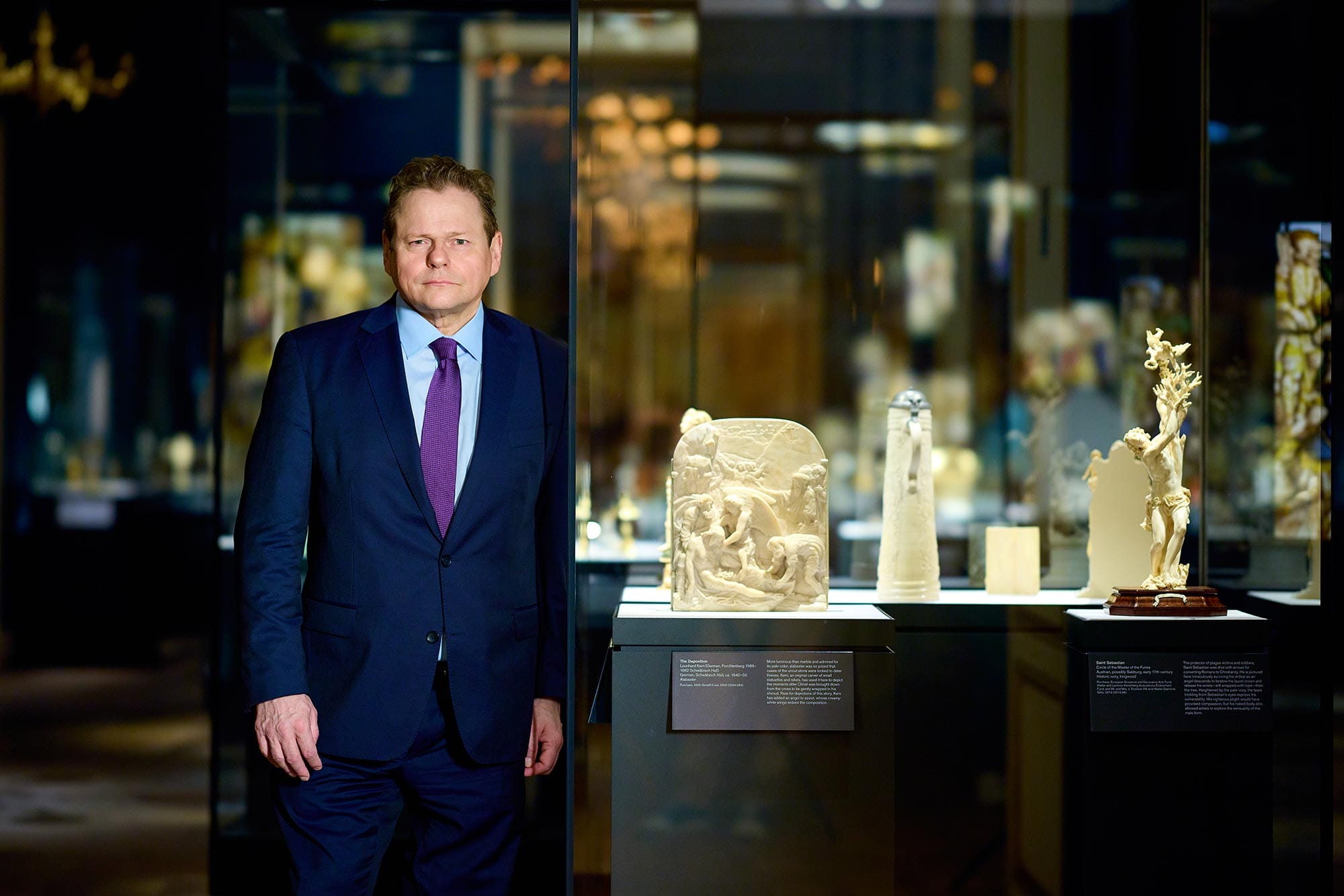
Wolfram Koeppe is fascinated by human ingenuity and the lineages of artistry and craftsmanship in European decorative arts. Through his work as Marina Kellen French Senior Curator in the Department of European Sculpture and Decorative Arts at the Metropolitan Museum of Art, he has brought together exhibitions that breathe life into the decorative arts and spark the imagination: from the clever hidden compartments and moving parts of furniture by the workshop of Abraham and David Roentgen, to 16th-century automatons, to scientific instruments and mechanical clocks that were displayed in the courts of Europe.
Koeppe is known for his wide-ranging interests in the decorative arts and sculpture, resulting in acquisitions now considered essential masterpieces in the galleries and publications of The Met’s collections. His academic research has illuminated histories of exquisite works of art, including identifying the subjects and provenance of objects in the museum’s collections. He has published research on notable objects and the history of European decorative arts in international scholarly art and historical publications and periodicals, including The Metropolitan Museum Journal, Studies in the Decorative Arts, Apollo Magazine, and The Burlington Magazine.
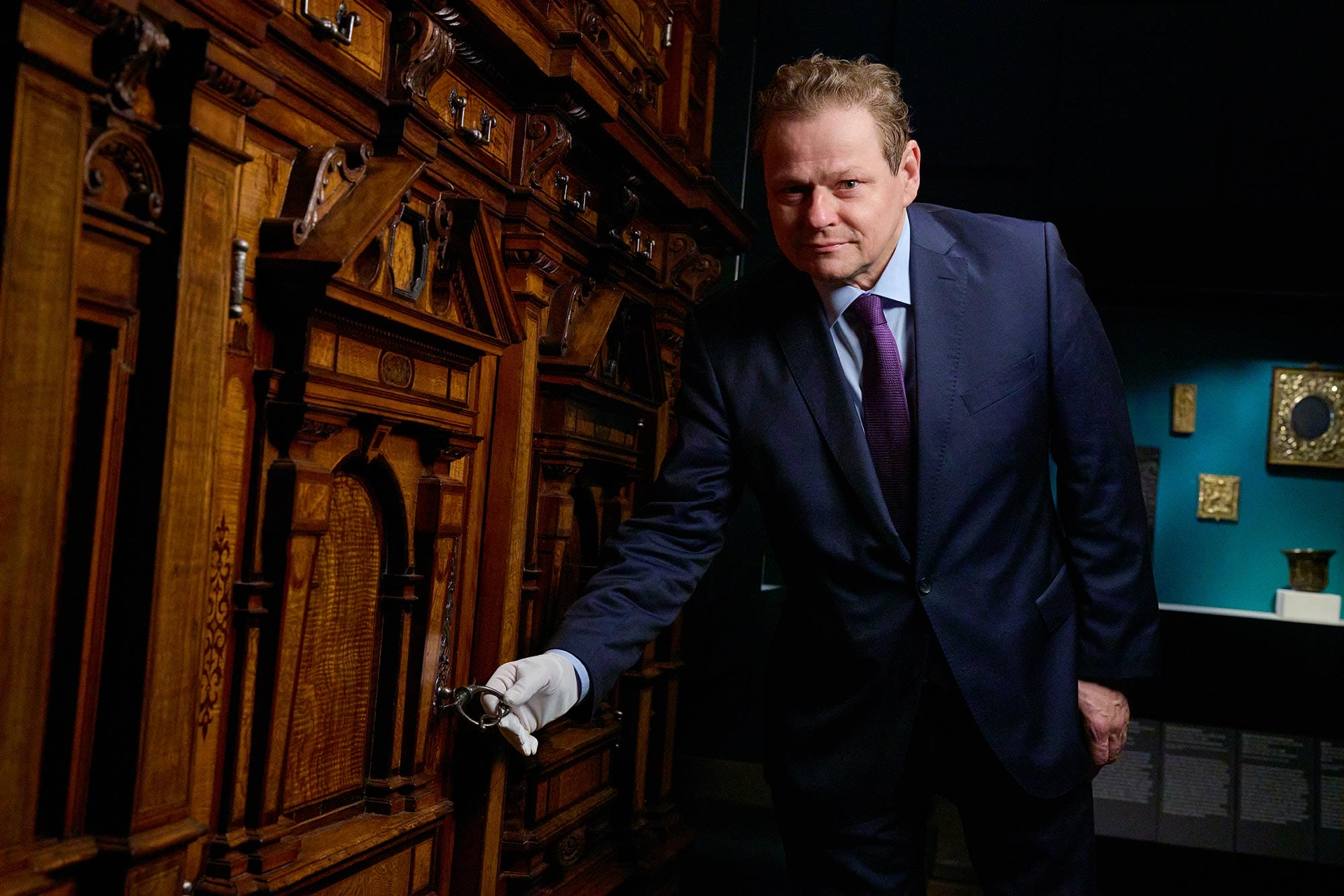
Early fascination
Koeppe’s first appreciation for decorative arts came when he was a teenager, when a relative and collector offered him access to extraordinary works of art. “She allowed me to touch and examine pieces, including cleaning silver—the best way to develop a sense and connoisseurship for this precious metal and the various methods to shape it,” he recalls. “I was infected with the collecting and preserving bug well beyond aesthetic reasons.”
He credits Professor Willibald Sauerländer at the Zentralinstitut für Kunstgeschichte in Munich with further teaching him the appreciation of objects and “how to look” beyond the surface of works of art: “He guided my eye, regardless of the medium: Similar to the decisiveness of a medical diagnosis, it is important to find divergent characteristics (or symptoms) in a work of art and analyze them in order to evaluate and reach a conclusion.” This detail-oriented approach to objects and the methods used in their creation characterizes Koeppe’s method to the development, curation, and realization of exhibitions and galleries at The Met.

Extravagant Inventions and Making Marvels
Koeppe’s exhibitions and publications include Princely Splendor: The Dresden Court 1580–1620 (co-curator, 2004); European Furniture in The Metropolitan Museum of Art (co-author, 2006); and Fascino del bello: Collezione Terruzzi in Rome (2007). He spearheaded the development of The Met’s exhibition Art of the Royal Court: Treasures in Pietre Dure from the Palaces of Europe, at the time the largest-ever exhibition of Pietre Dure; it was voted “The Exhibition of the Year” by Apollo Magazine, and the accompanying publication was a finalist for the College Art Association’s Alfred H. Barr Jr. Book Award.
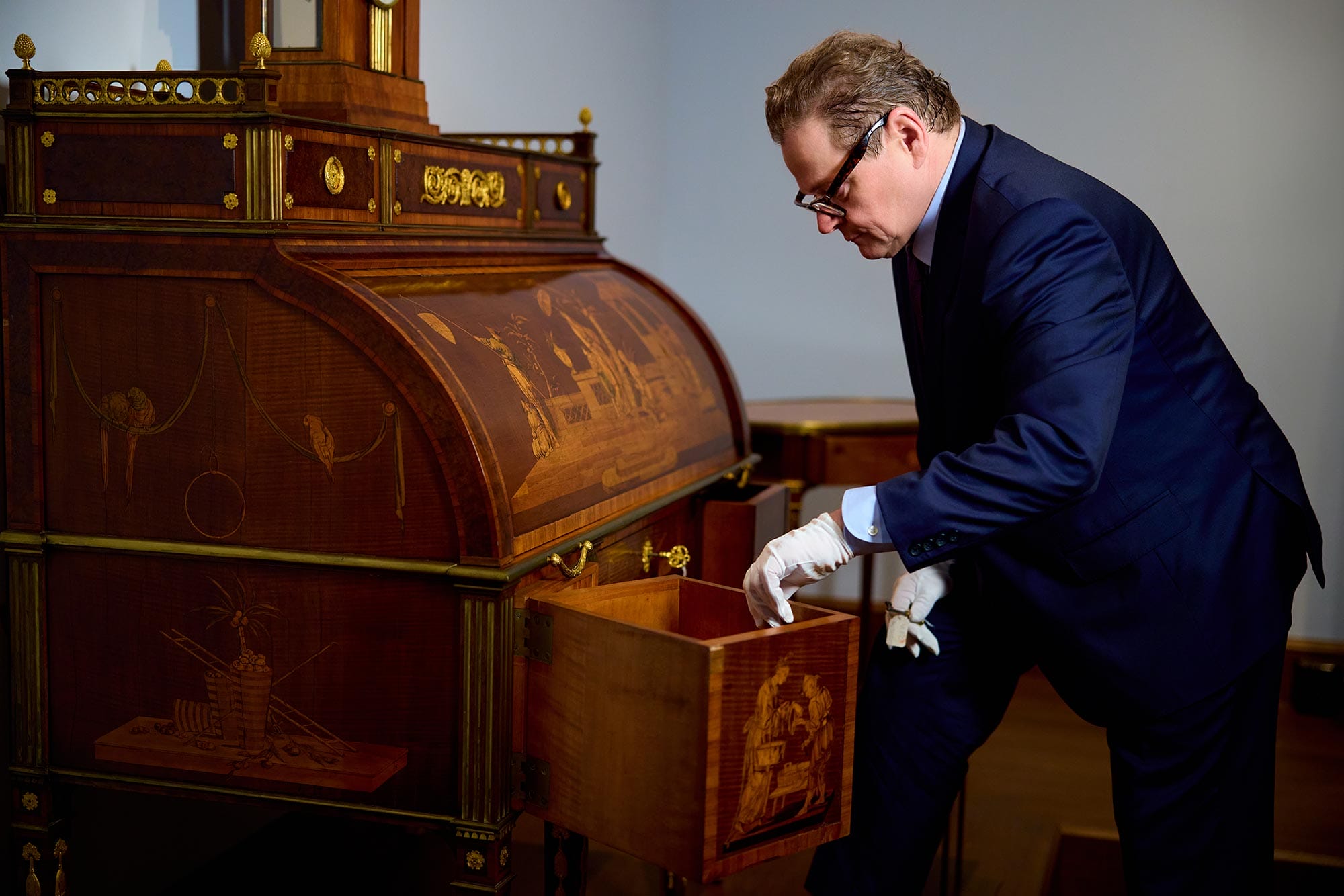
Following on the success of major loan exhibitions, Koeppe brought the whimsy and technological mastery of the Roentgen workshop’s furniture and automatons to life with the exhibition Extravagant Inventions: The Princely Furniture of the Roentgens. Through videos created for The Met—one of which went viral on YouTube, garnering more than 15 million views—Koeppe presented audiences all over the world with the compelling spy-like secret drawers and compartments in the furniture-makers’ desks and cabinets from the 18th century, hidden beneath their surface ornaments. The exhibition catalogue for Extravagant Inventions won the Association of Art Museum Curators Award for Outstanding Monographic Exhibition Catalogues in 2012.
In 2019 Koeppe curated the Metropolitan Museum of Art’s exhibition Making Marvels: Science and Splendor at the Courts of Europe. The exhibition included works from The Met’s collection, as well as loans of exquisite and unusual objects that highlight scientific and technological advancements from the Renaissance forward. Many objects had their U.S. debut. Featuring models of the solar system, horological treasures and objects with detailed renderings of insects and animals, the exhibition evidenced the impact of growing scientific inquiry on daily life which still resonates today. Koeppe built on the success of videos created for Extravagant Inventions, and worked with The Met’s media team to create videos that highlight the mechanical ingenuity of objects included in the exhibition: One notable inclusion is a video showcasing a 19th-century automaton of a draughtsman-writer in action, as it is programmed to transcribe poems and illustrations.
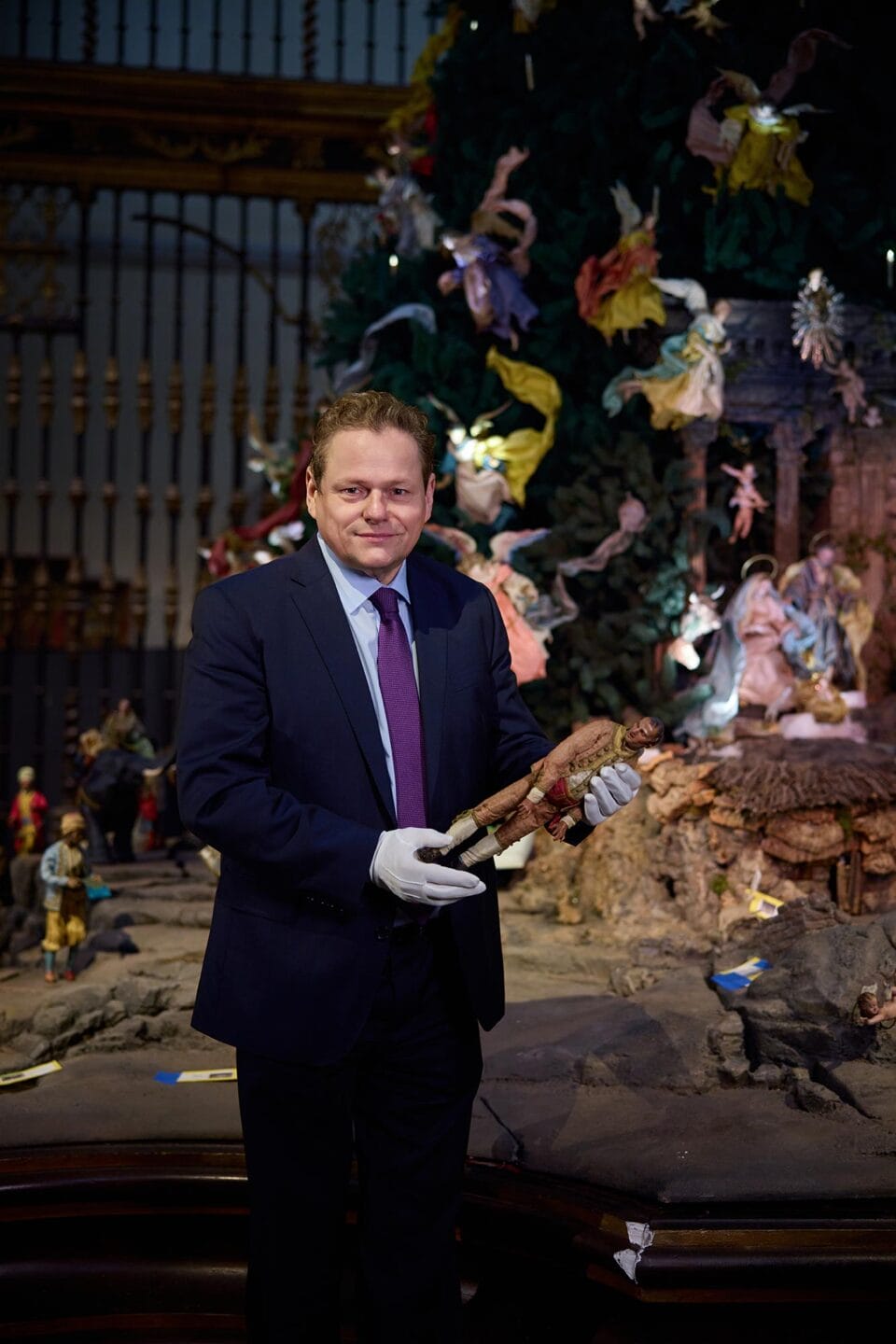
As part of his responsibilities at the Metropolitan Museum of Art, Koeppe oversees the annual installation of the Neapolitan Baroque Crèche and the Christmas Tree in The Met’s Medieval Sculpture Hall. The créche comprises more than 250 figures, including angels, cherubs, a Nativity scene, animals, and architectural pieces made in the 18th century in Naples by sculptor Giuseppe Sammartino (1720–93) and his artistic circle. In 2015, Koeppe provided an extensive interview with The Vatican on the importance of these works of art and the cultural history and significance of crèches in the history of Neapolitan art and culture.
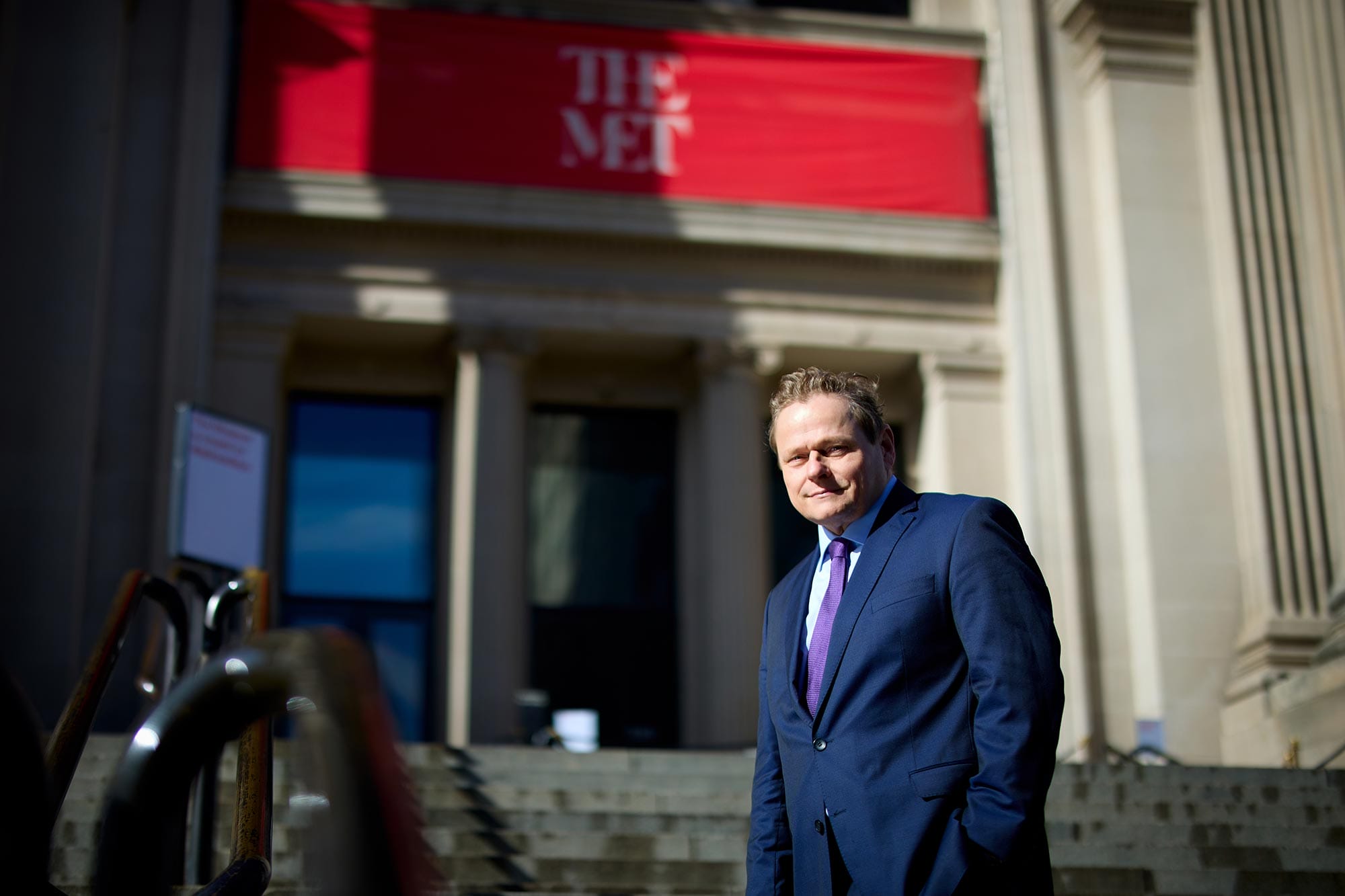
Leadership: Looking Forward
Most recently, Koeppe led the development of The Met’s permanent gallery devoted to the Northern Renaissance; the new design and progressive installation and labeling have garnered positive praise in The New Yorker and The New York Times. He is now working with the museum to create new ways to engage audiences of all ages with the museum’s upcoming renovation of the Central Europe Gallery, through education, installations, programs, and outreach.
In addition to his leadership with The Met, Koeppe is a member of the Board of Trustees of the Bard Graduate Center and of the Association of Museums Curators. He nurtures his own study and passion for his work as a member of the Horological Society of New York, of the Renaissance Society of America, the Furniture Society of Great Britain, and the Society for the History of Collecting.
Related News
Vilcek Foundation Awards $100,000 Art History Prize to Francesca Du Brock
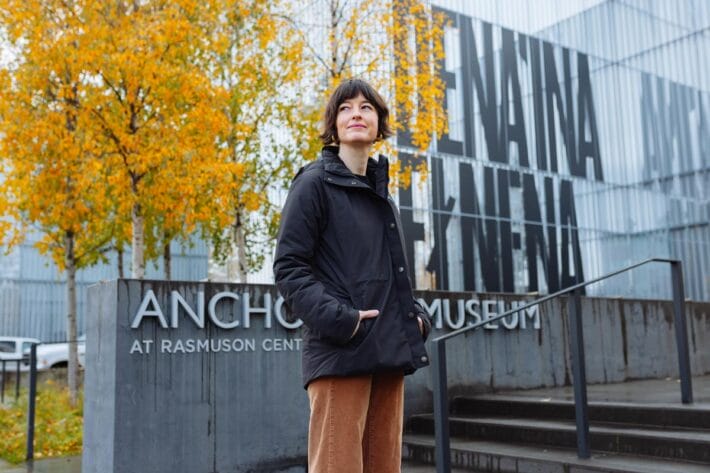
Vilcek Foundation cofounders endow curatorial position at The Met
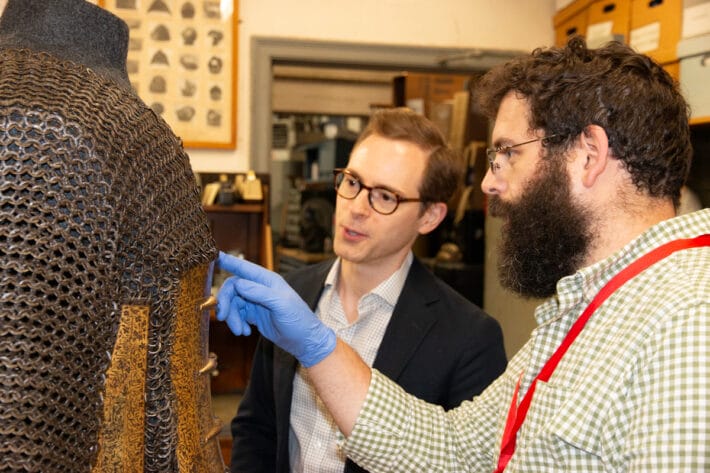
Pierre Terjanian: Armor, histories and the human condition

You may also be interested in
The Center for Curatorial Leadership

Pierre Terjanian

Wolfram Koeppe
